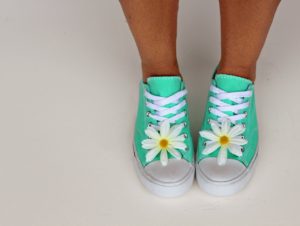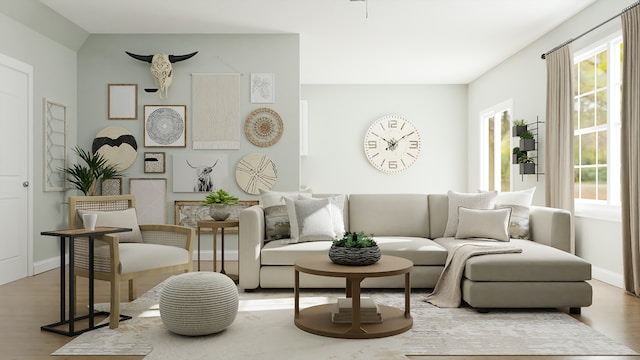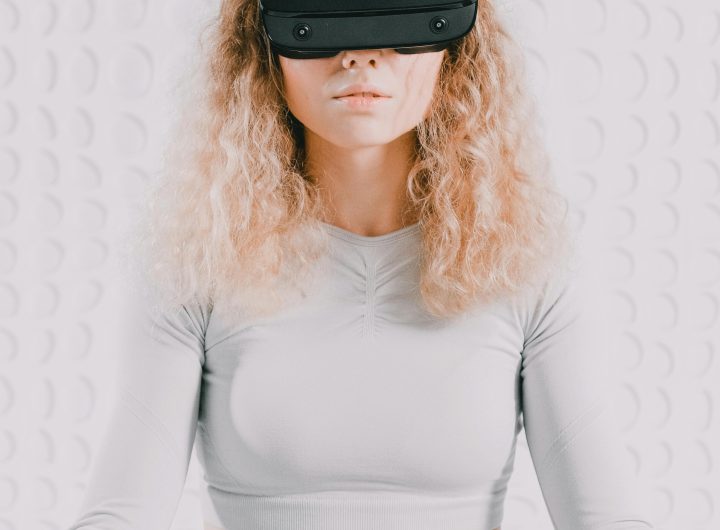 It’s obvious that you need the right shoes for different types of activity. Those killer heels might be perfect for a night out but they’re not the best choice for the gym. What many don’t realise is that the same logic applies to different types of trainer. It’s more than just marketing that makes a running shoe different to a cross-training shoe.
It’s obvious that you need the right shoes for different types of activity. Those killer heels might be perfect for a night out but they’re not the best choice for the gym. What many don’t realise is that the same logic applies to different types of trainer. It’s more than just marketing that makes a running shoe different to a cross-training shoe.
How do you move?
Think about how you move when you do different types of exercise. Everything about how your foot hits the ground to how your body is being supported is different. And, you need to make sure that your shoe choice can offer you support and protection for your chosen activity. Otherwise at best you’ll end up with sore feet – and at worst you could injure yourself.
If you run you have your weight forward and you are generally continuing in a straight line so you don’t need much in the way of sideways support. This differs from walking. As, when running you have a moment of suspension (a period when both feet are off the ground) when you switch from one foot leading to the other.
If you play a sport like tennis or basketball where you are changing direction on almost every stride then a shoe that can support your foot as it twists and turns is important. The footbed needs to prevent your foot rolling over by providing sideways support.
For working out in the gym you might prefer a more all-around shoe as you probably won’t spend a long time doing any one activity. If you include weight-lifting in your routine, be sure to choose a shoe that allows you to stand on your heels. Running shoes and some trainers which have been designed to promote a ball-first foot strike can encourage you to tip forward too far for efficient lifting.
Different soles
The other reason that not all trainers are the same is that different activities take place on different surfaces.
Users of indoor facilities are no doubt already familiar with checking their soles. Most sports halls and squash courts demand that you wear shoes made from “non-marking” rubber compounds. This is to protect the floors. And of cour, e if your shoes are leaving a mark then that means they’re wearing down. So, they won’t last as long!
If you play sports on specialist surfaces such as Astroturf or hard tennis courts you will need to make sure that the soles of your shoes are compatible. You don’t want to find that your shoes won’t grip when they don’t leaving you on the floor!
Running shoes are usually well-padded to guard against impact damage from hard surfaces. But, if you want to go off-road (even in the park) it’s a good idea to look for a tread pattern that can help you grip on mud. For serious off-road running it’s best to look at getting a set of trail shoes.
 Healthy Eating Nutrition Tips for Busy Lifestyles
Healthy Eating Nutrition Tips for Busy Lifestyles  Tech for a Tranquil Mind – Apps and Devices for Mental Wellness
Tech for a Tranquil Mind – Apps and Devices for Mental Wellness  Is it time to embrace Quiet Living?
Is it time to embrace Quiet Living?  Escaping the procrastination trap-how to start your focus era
Escaping the procrastination trap-how to start your focus era  Managing Type-2 Diabetes
Managing Type-2 Diabetes  The 15-Minute Movement Habit -Simple Desk Exercises for Working Bloggers
The 15-Minute Movement Habit -Simple Desk Exercises for Working Bloggers  Learning More About Magic: The Gathering – Kindred Decks
Learning More About Magic: The Gathering – Kindred Decks  The Most Popular Planes in Magic: The Gathering
The Most Popular Planes in Magic: The Gathering